
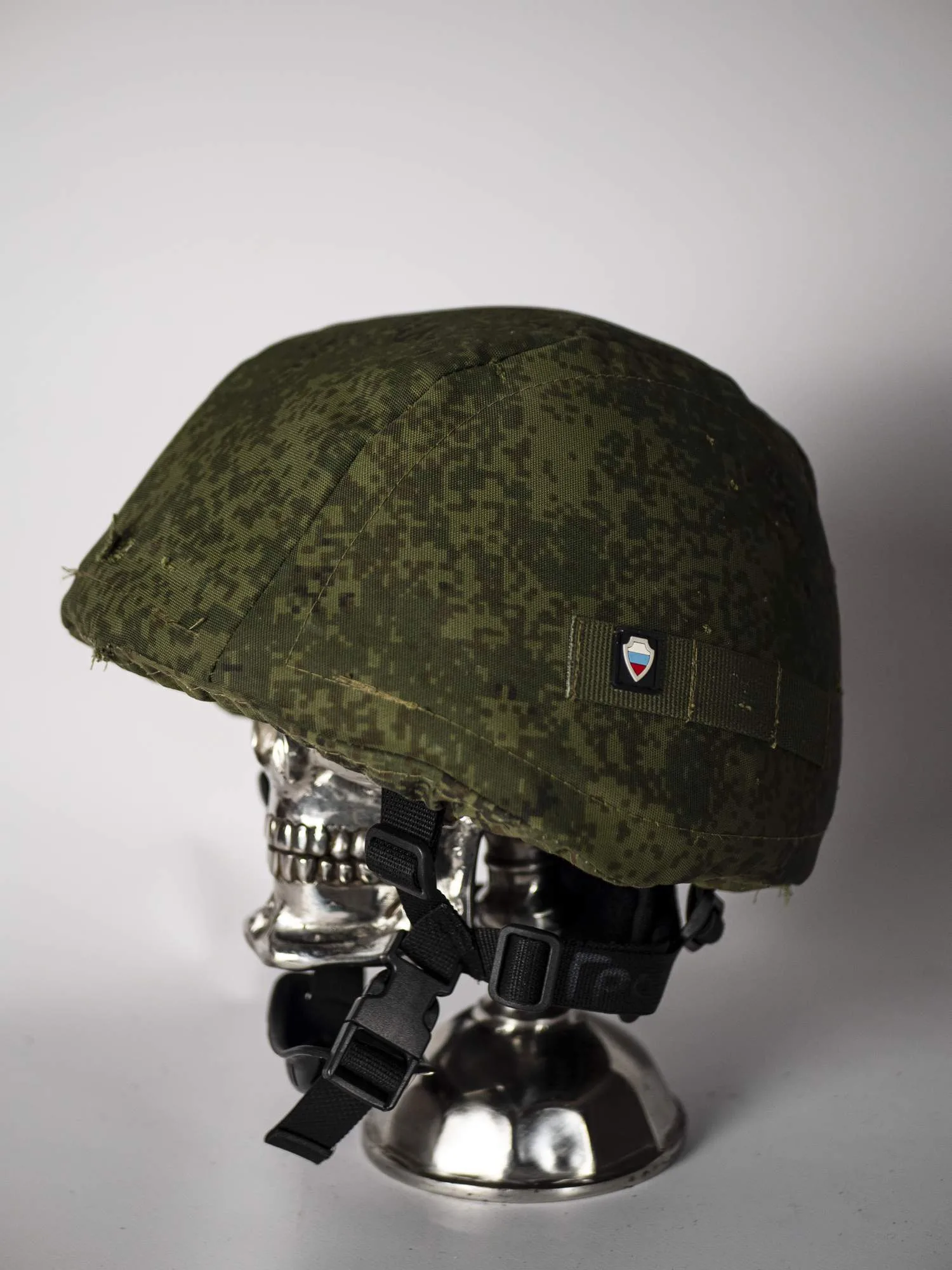
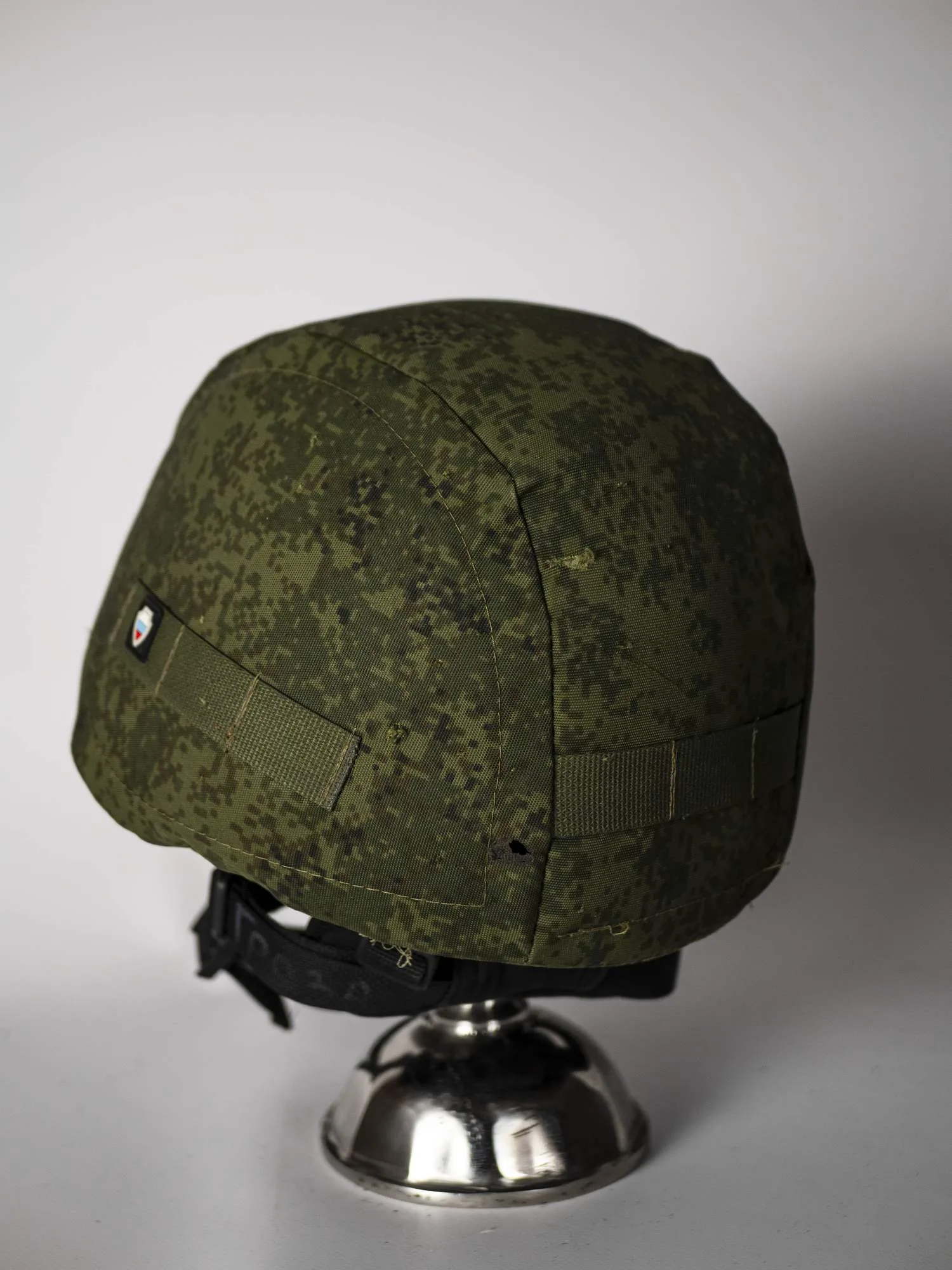
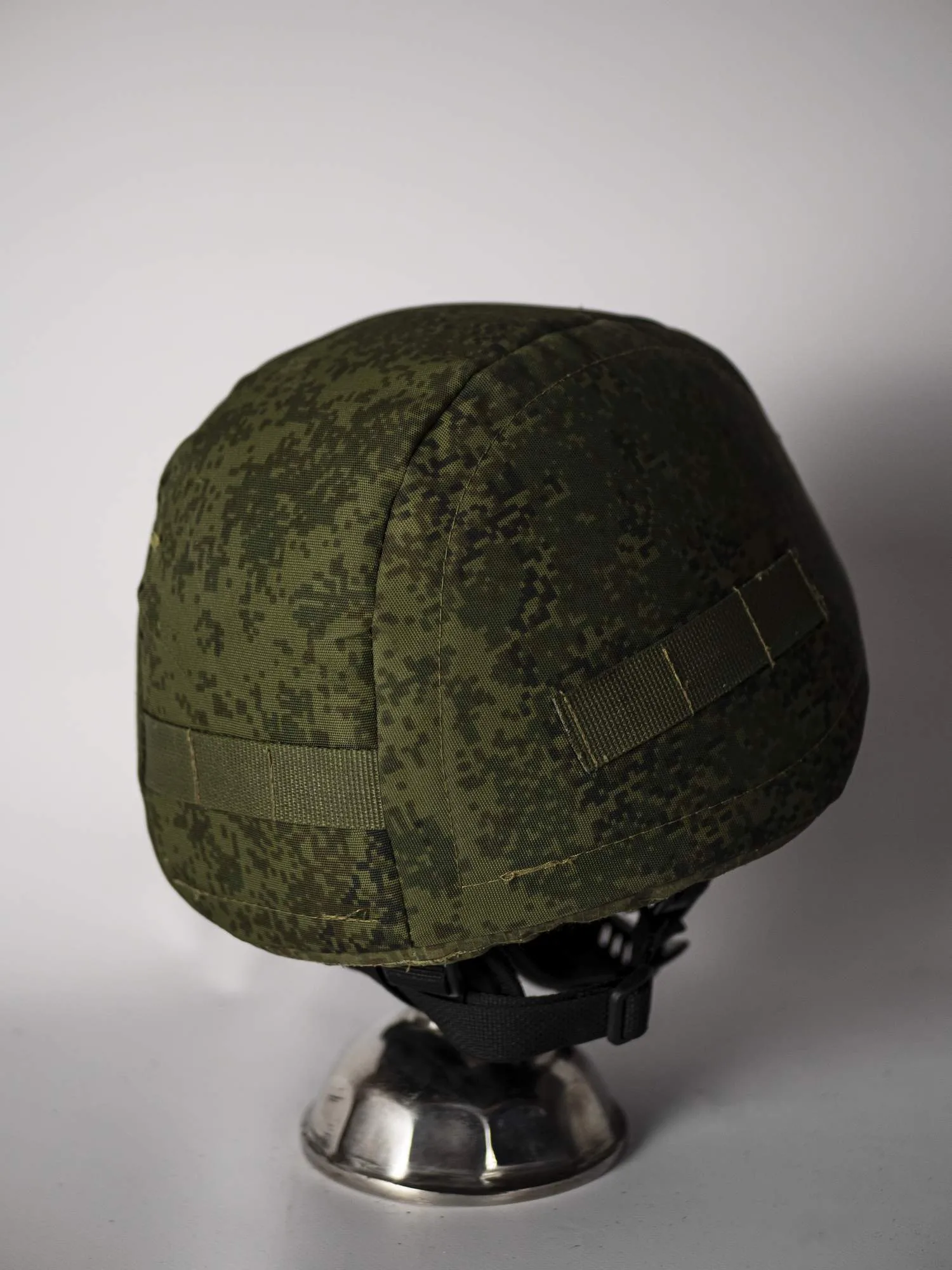
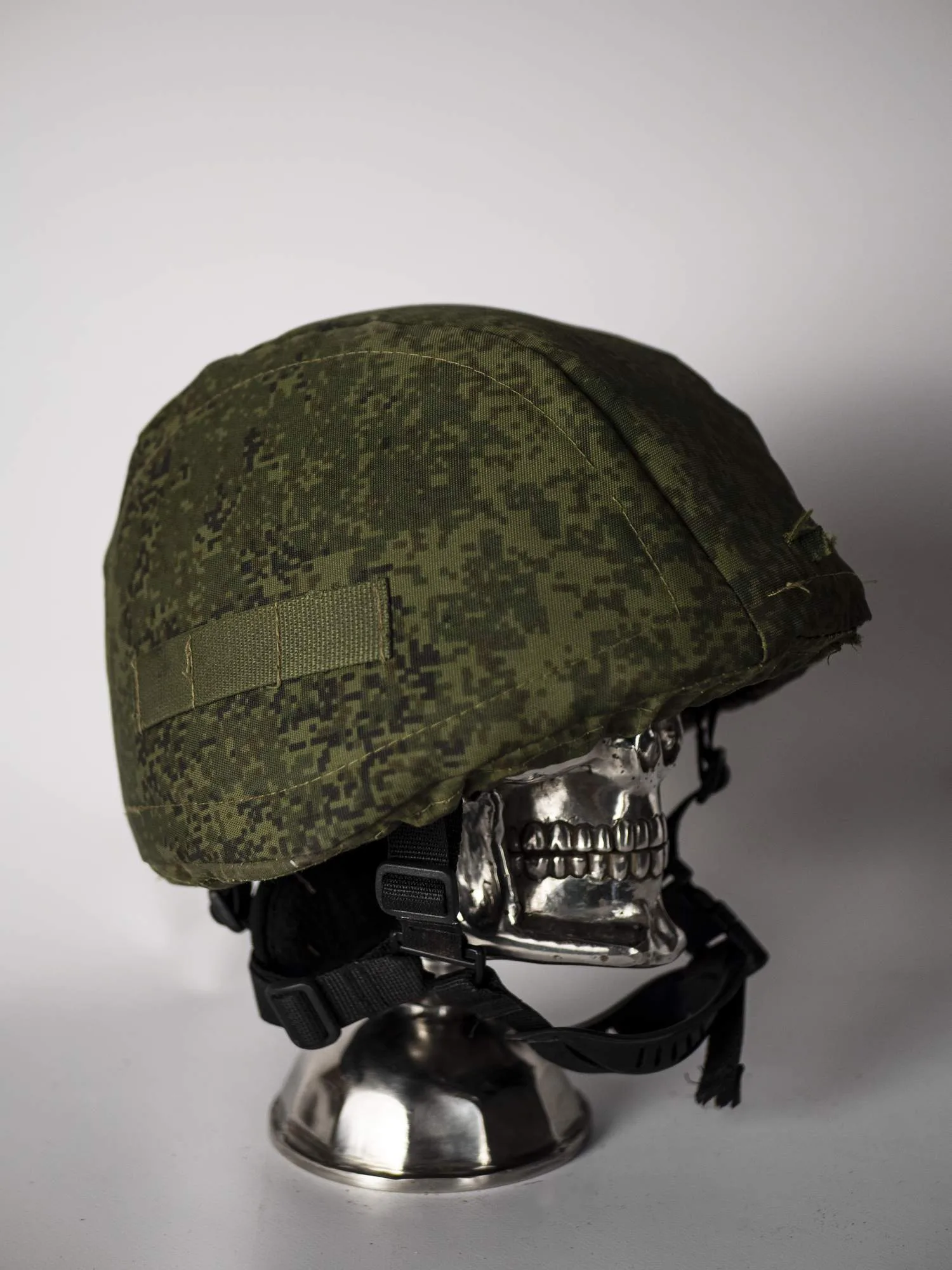
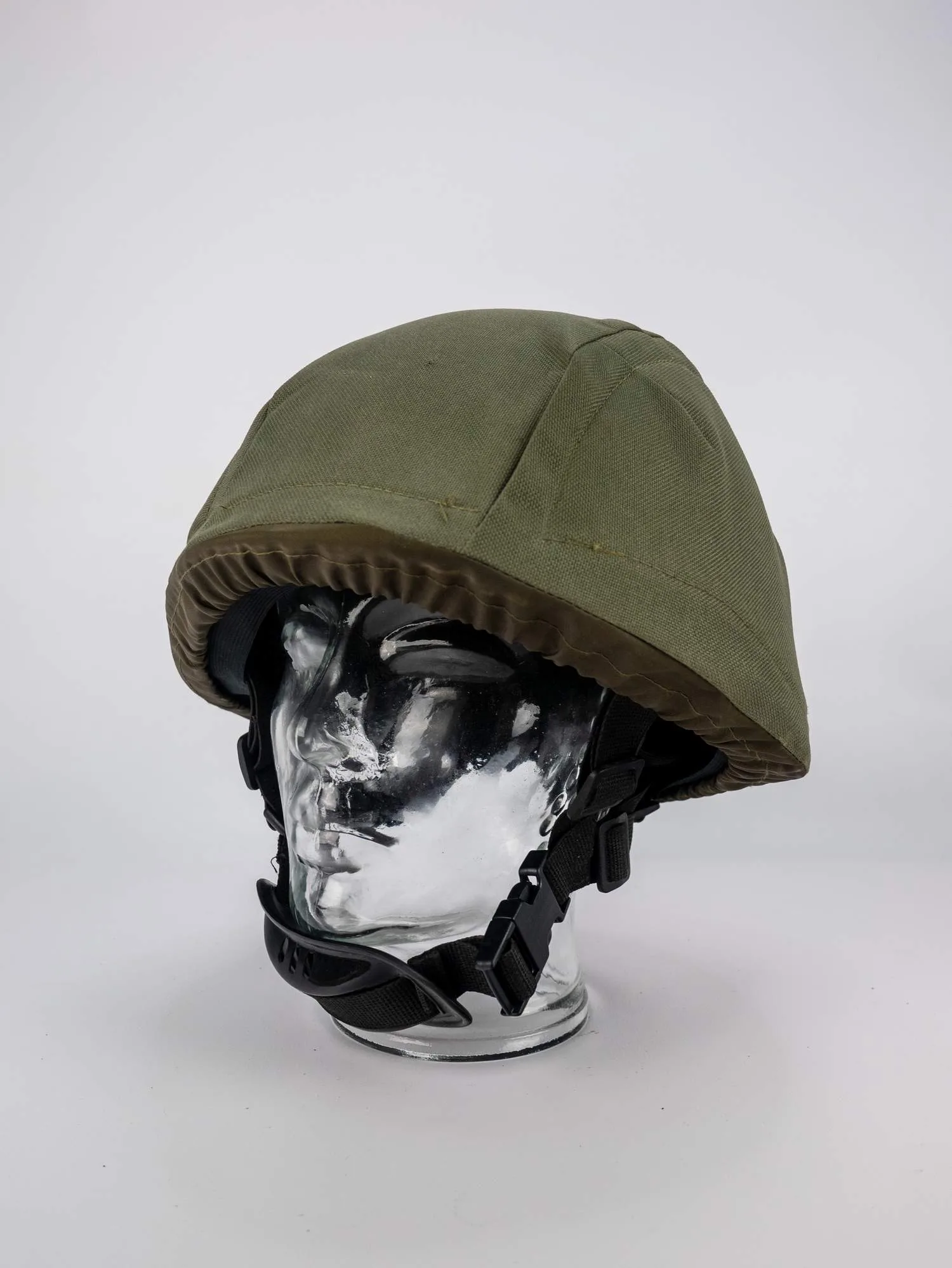

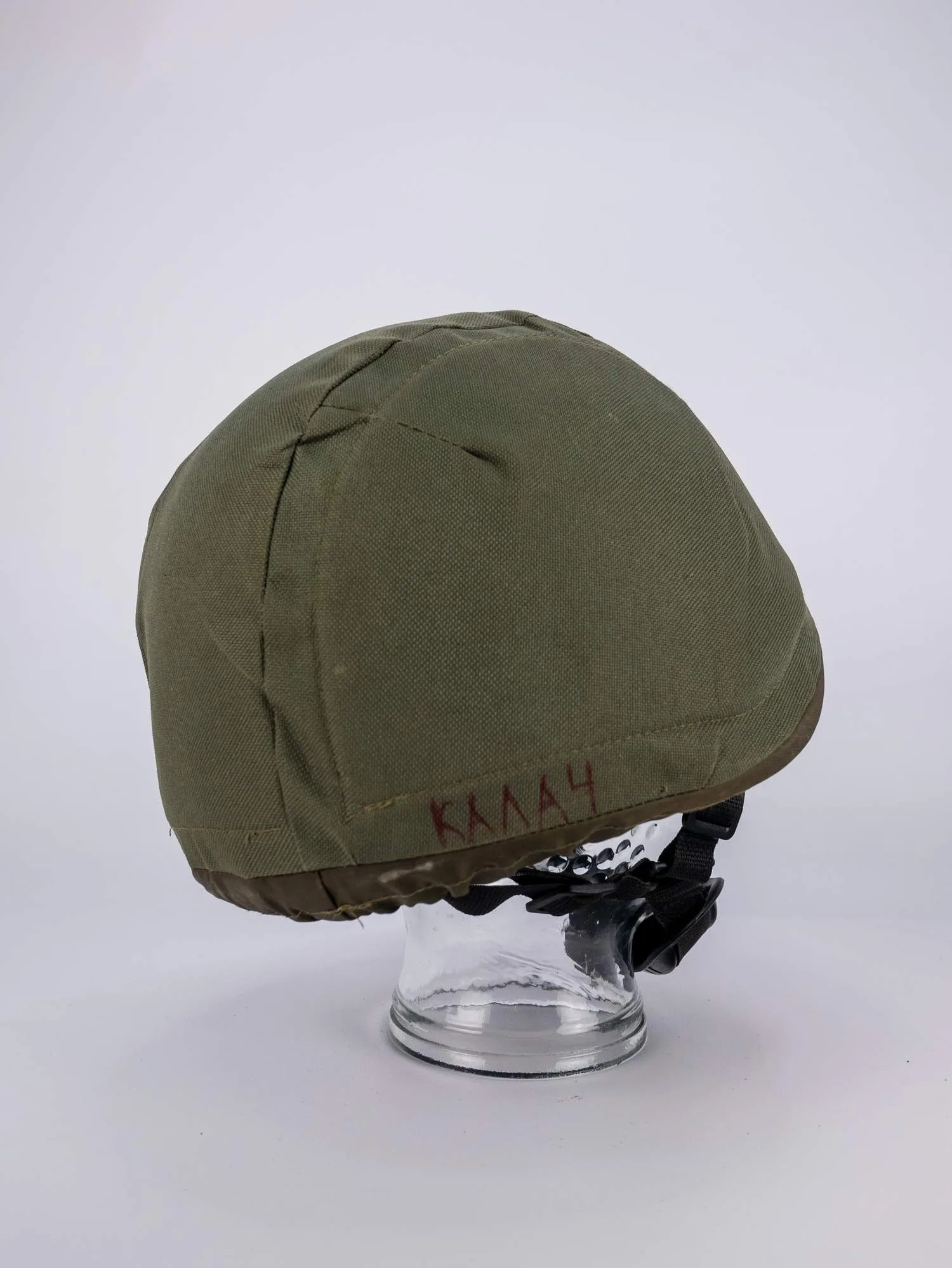
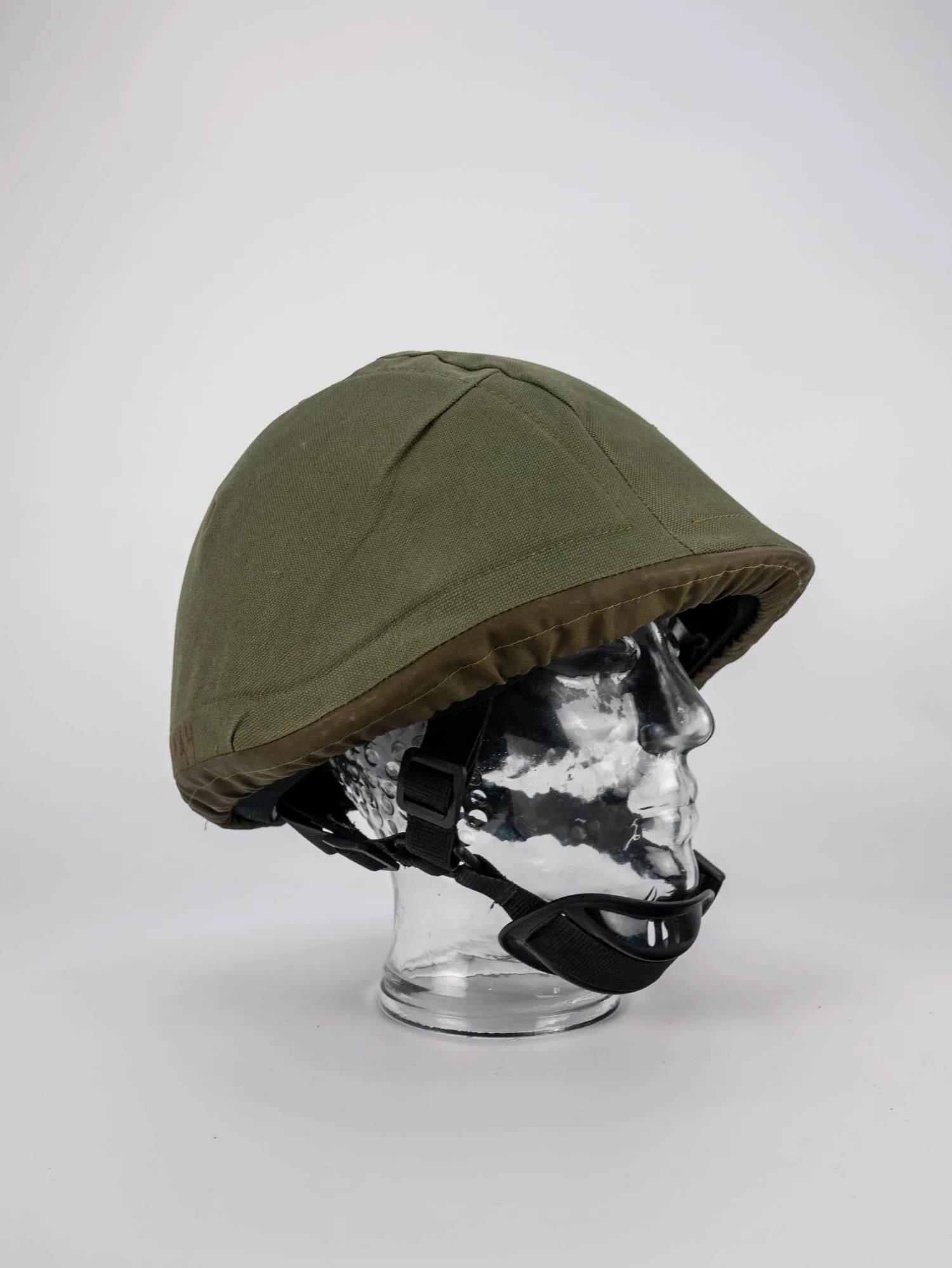
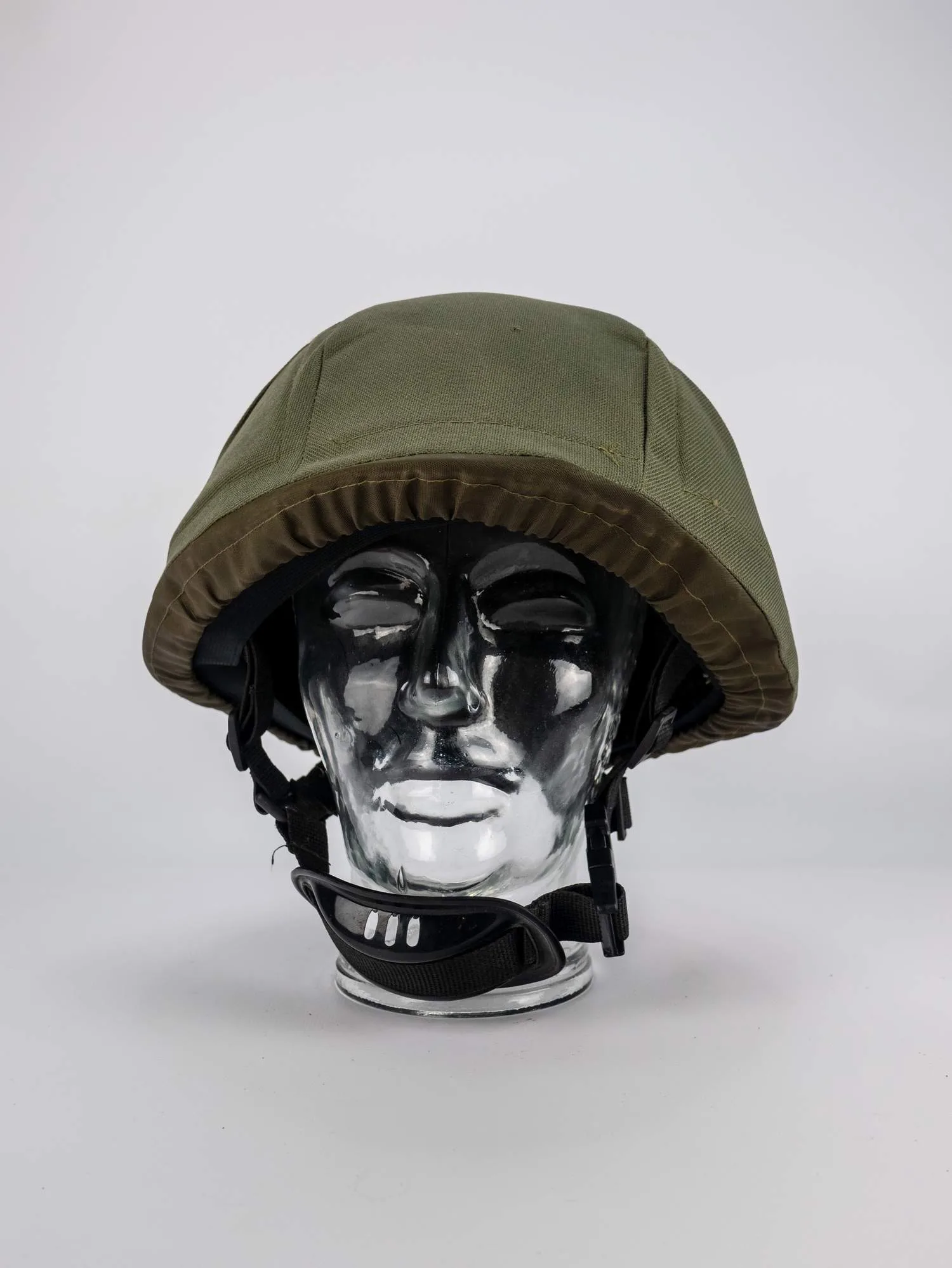
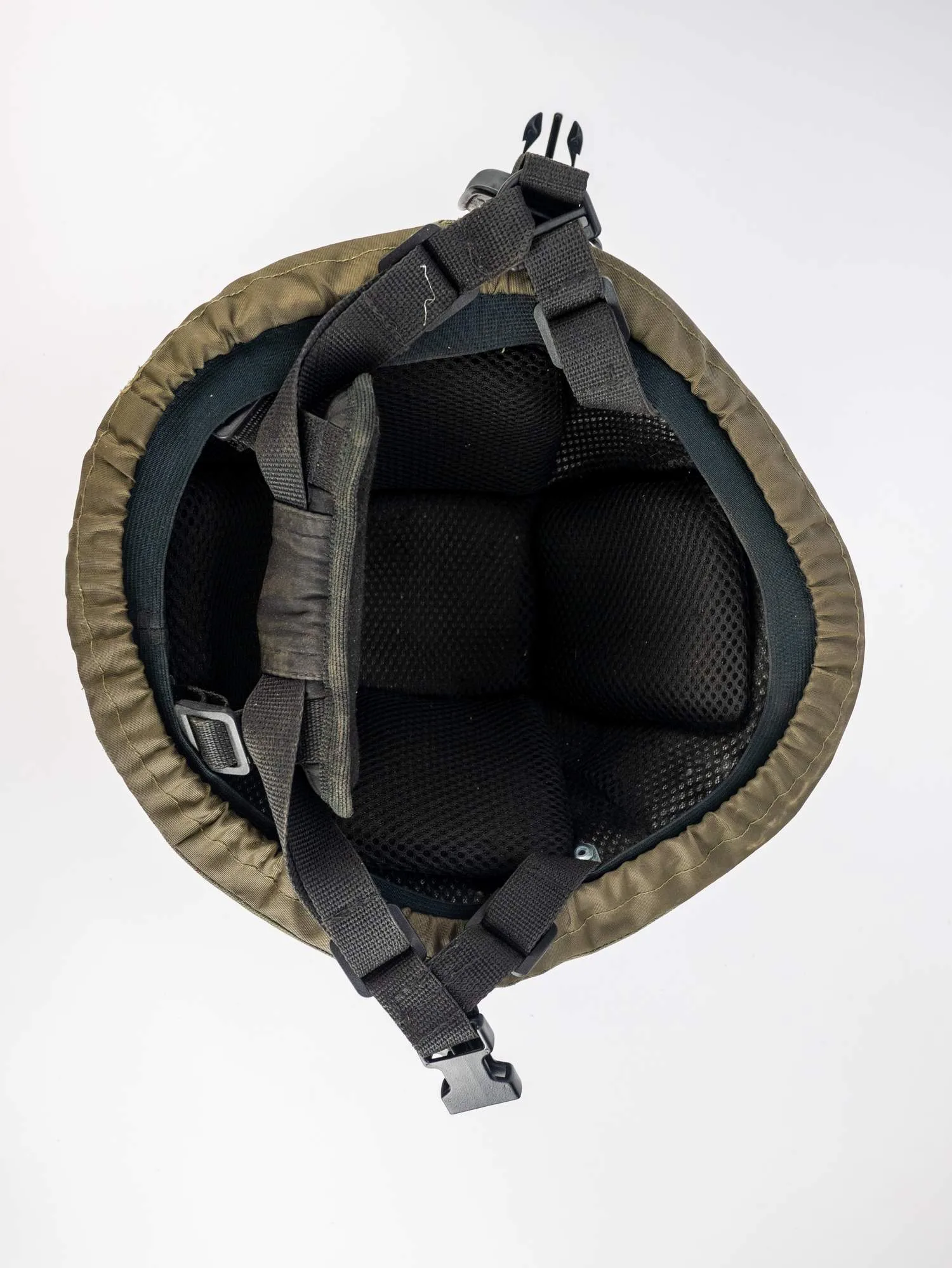
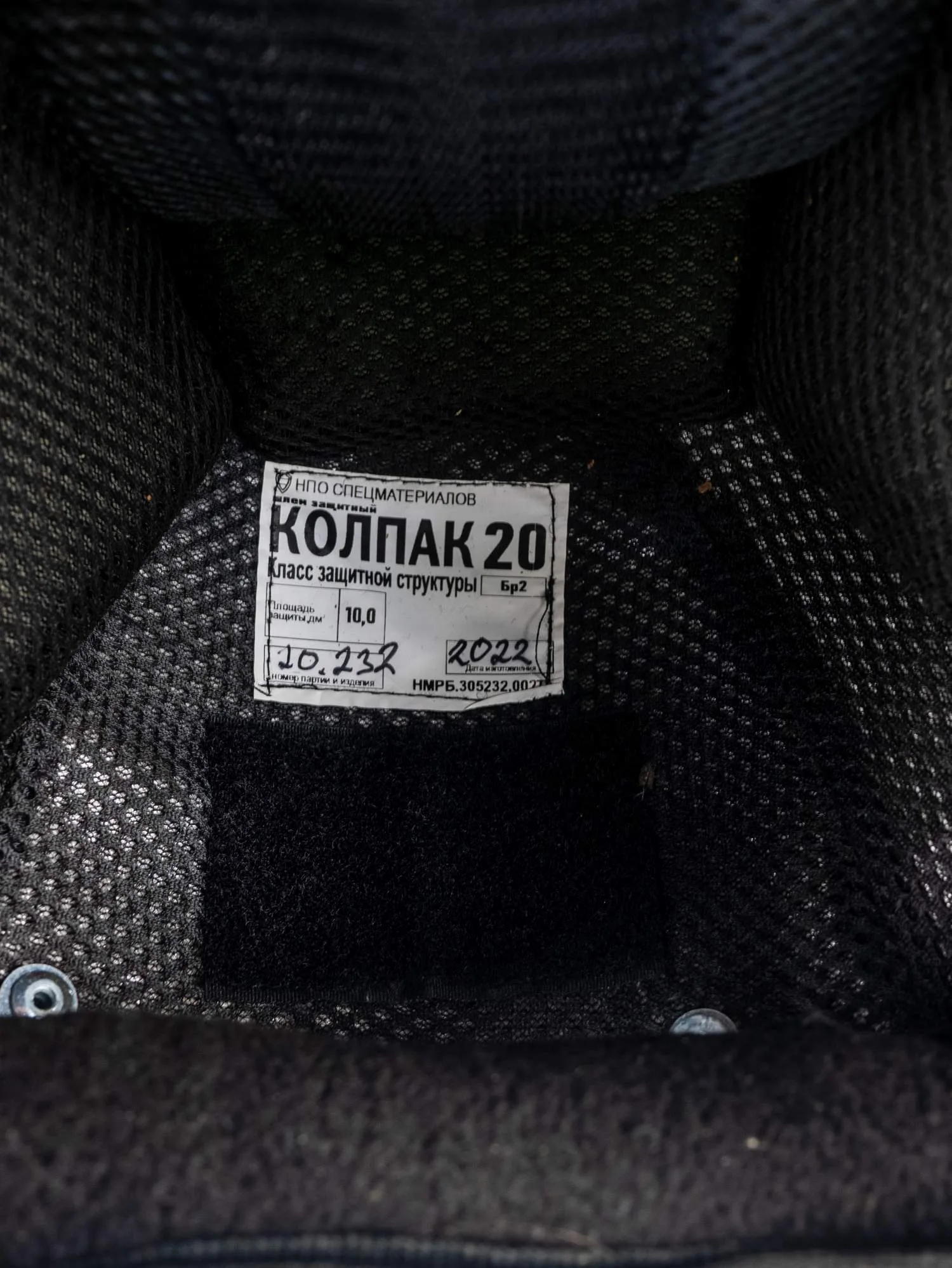
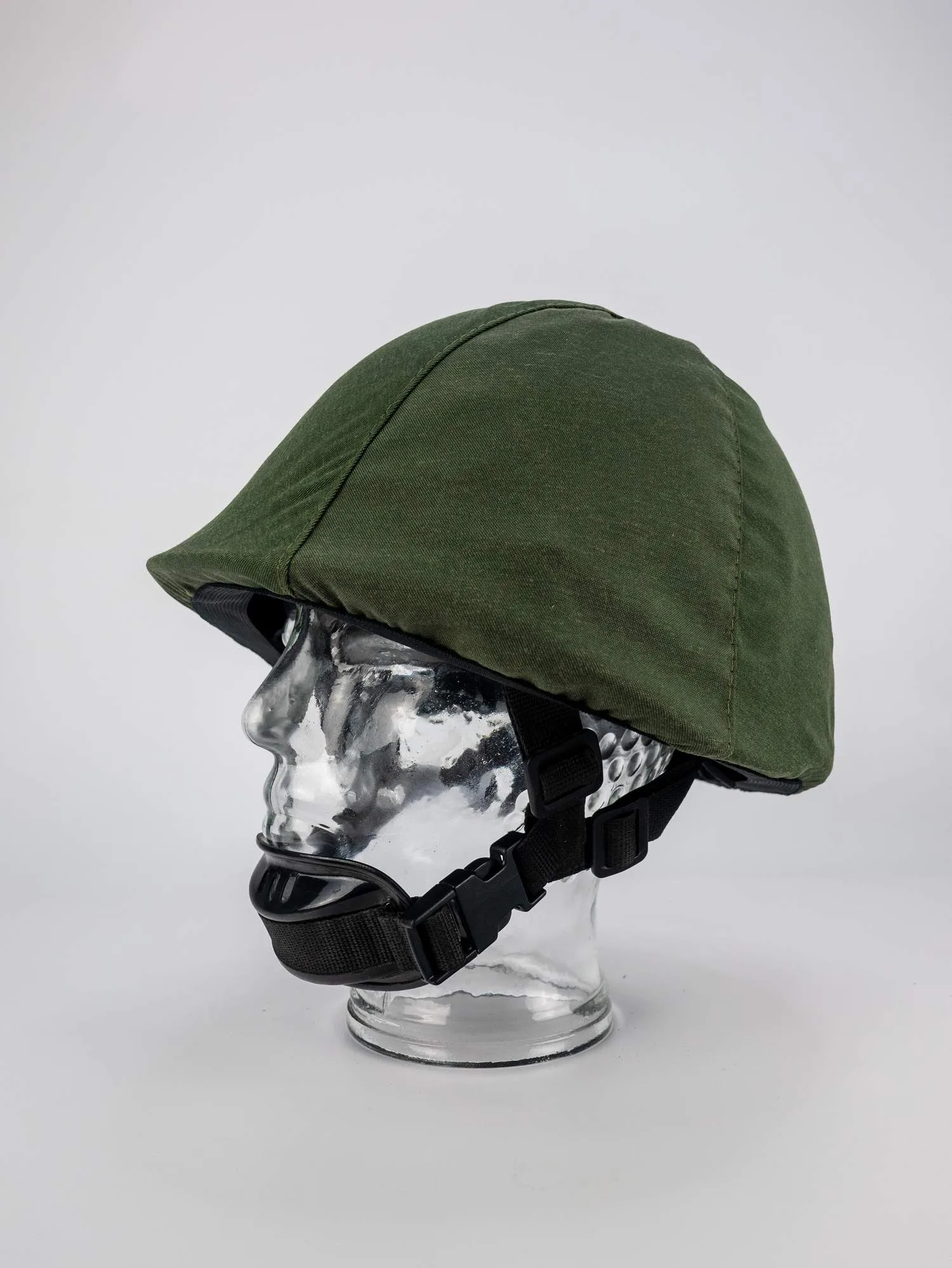
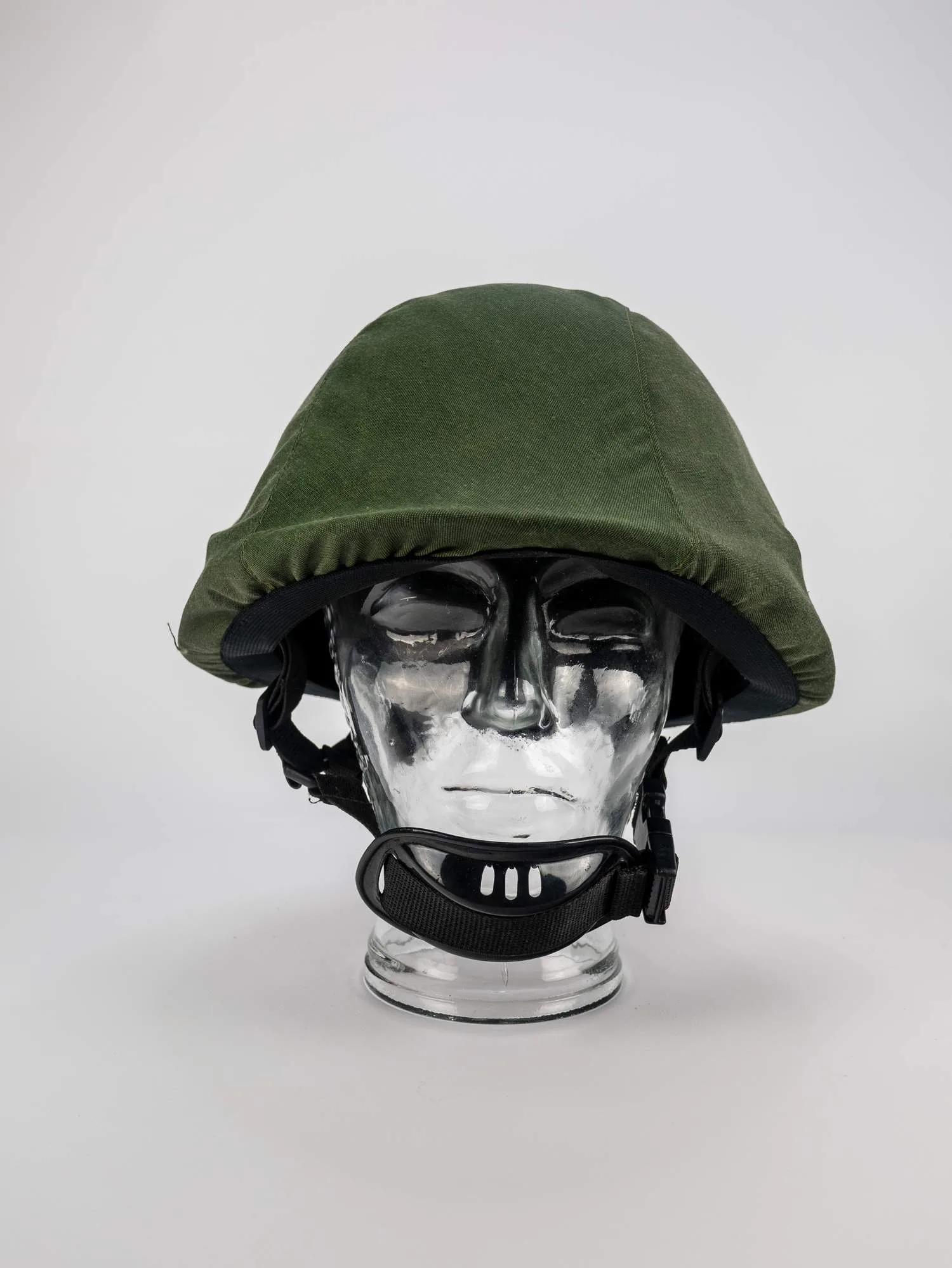
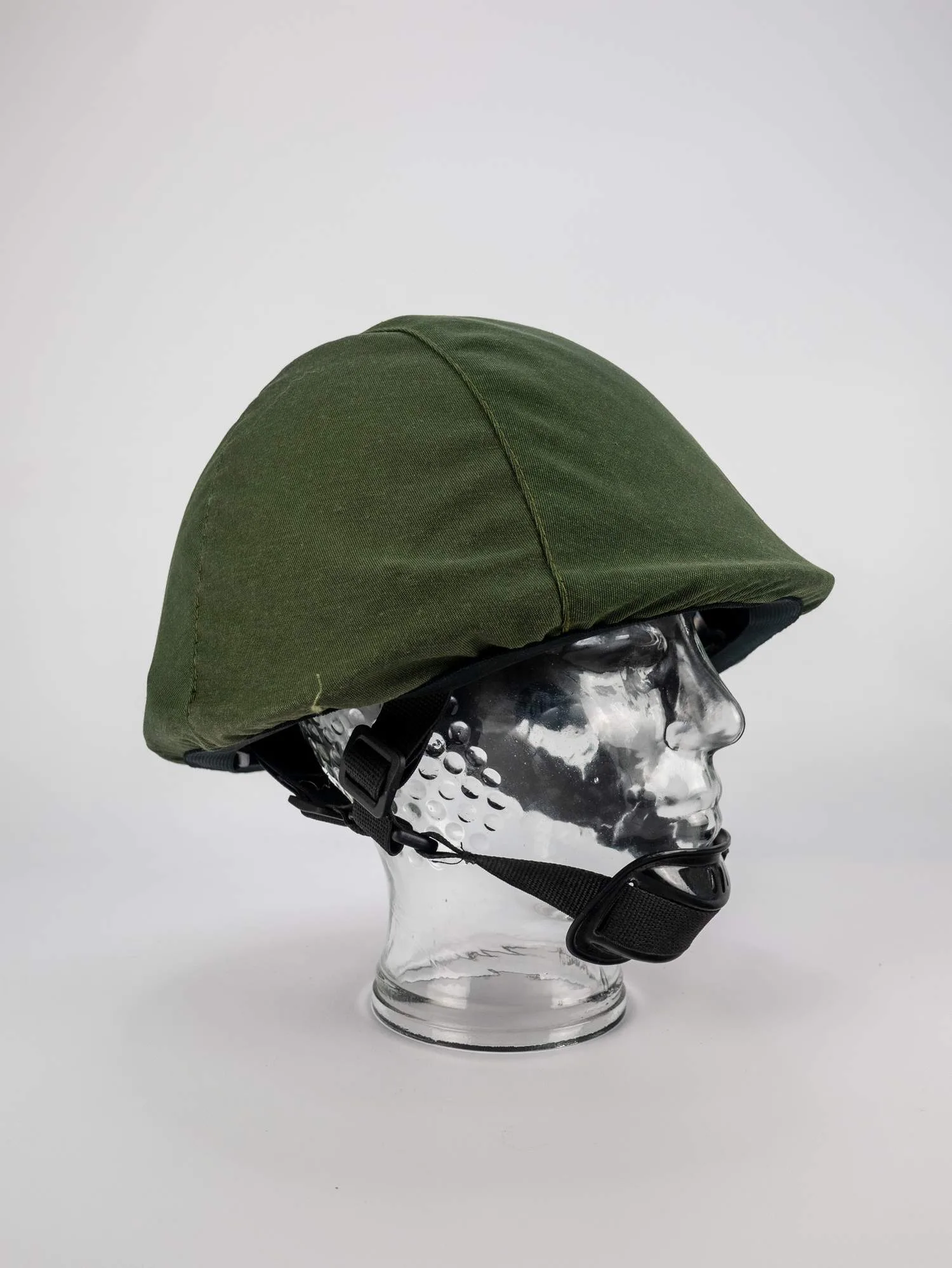
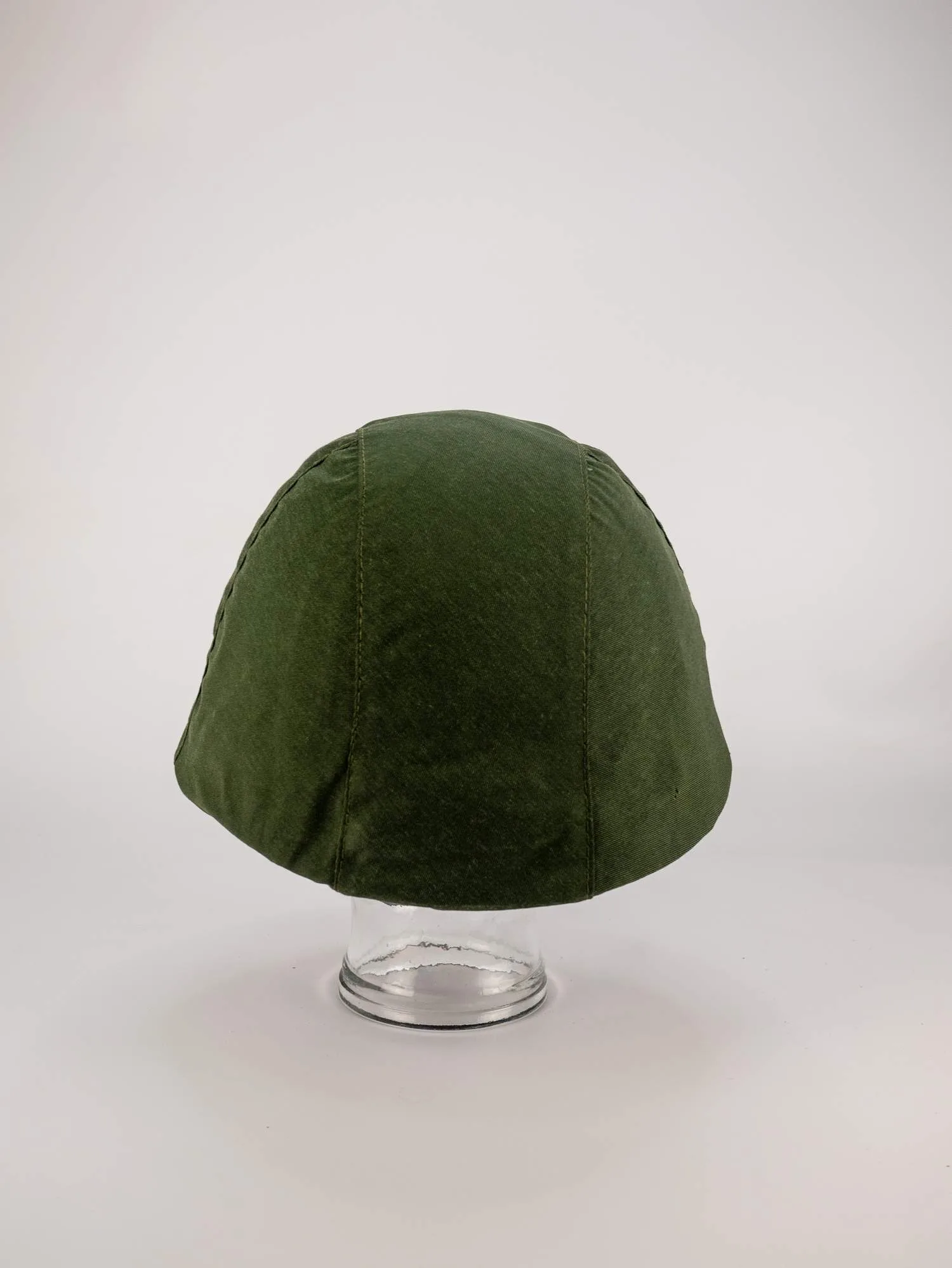
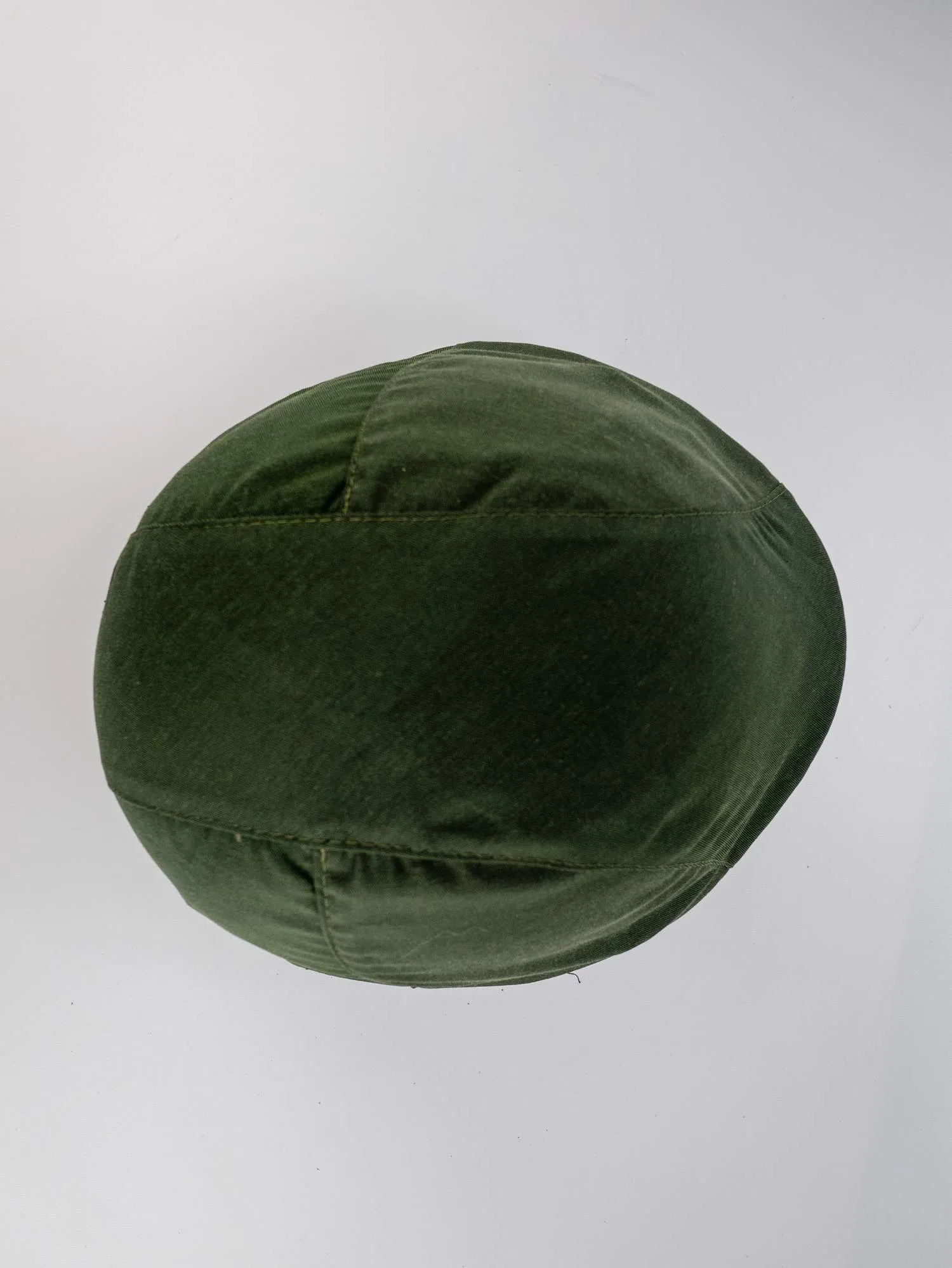
Helmet “Kolpak-20”. Modernization of the steel helmet of the 68th model (SSh-68). This is the latest development by Russian specialists in the field of protecting the heads of mobilized citizens attempting to seize Ukraine.
The Russian government cannot provide all its military with Kevlar helmets, and millions of steel helmets of the 68th model (SSh-68) are stored in warehouses. So, one of the major scientific and production enterprises in Russia took an old Soviet steel helmet, removed the old green paint, painted it in a dark color, covered it with foam fabric on the outside, and inserted a “bulletproof” polyethylene material into the inner part (because they have problems with Kevlar). Strength tests were conducted, and it was found that it was better than Kevlar helmets. For convenience, they also made a soft cushioned base to cushion the impact of bullets on the occupant’s head.
Such a helmet weighs approximately 2 kg, which is quite heavy for constant wear. Currently, such “modernized” Soviet helmets of the 68th model are sold to the Russian army for $400 each.
We have several such helmets in our collection. An art object made from such a helmet will be an exclusive item in your collection.
You can see how this amazing helmet is made at this link: https://www.youtube.com/watch?v=ZNLztAM8AKU&t=71s


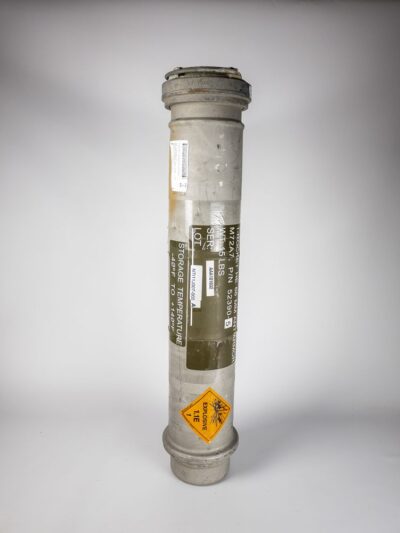
This is a very nice metal tube for storing an RPG M72 LAW. You could talk about this grenade launcher for hours because it’s as much a legend of the […]
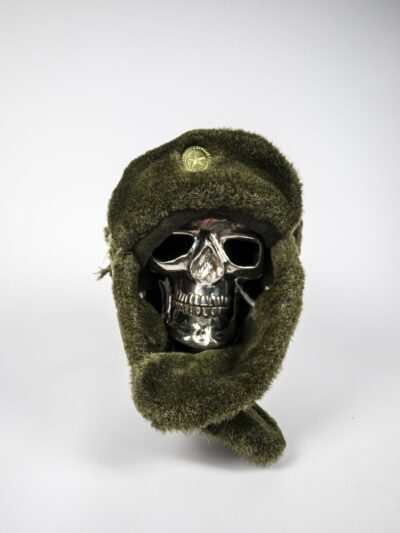
Ushanka nominal An individual, decorative earflap hat from the war in Ukraine. It was worn by the occupier Ponomarov. It has faded… maybe Ponomarov dragged it around in the summer, […]
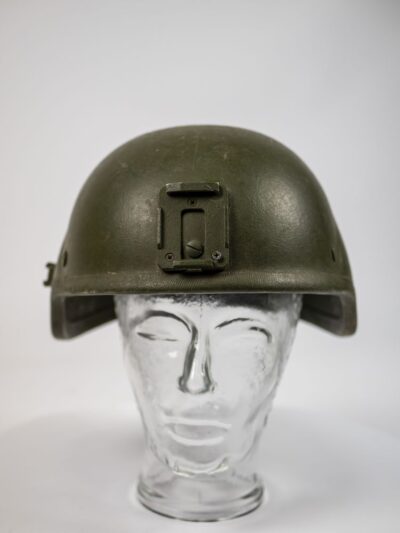
GRAU index 6B47 Kevlar helmet under the index 6B47. The helmet of the occupant “Niko” with damages. The 6B47 helmet is the only military armored helmet of the Russian army […]
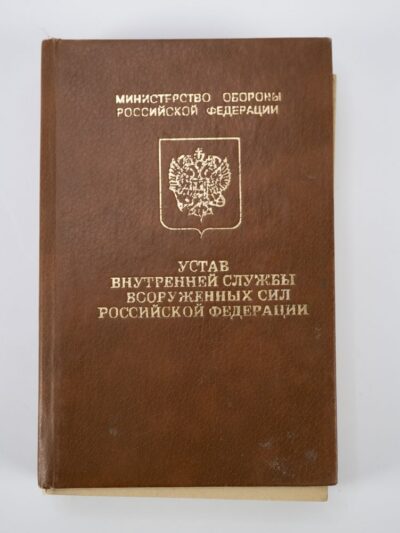
When we started working with war trophies and artifacts in Ukraine, we found it strange to see books, statutes, and various instructions that the occupiers carried with them. Why would […]

